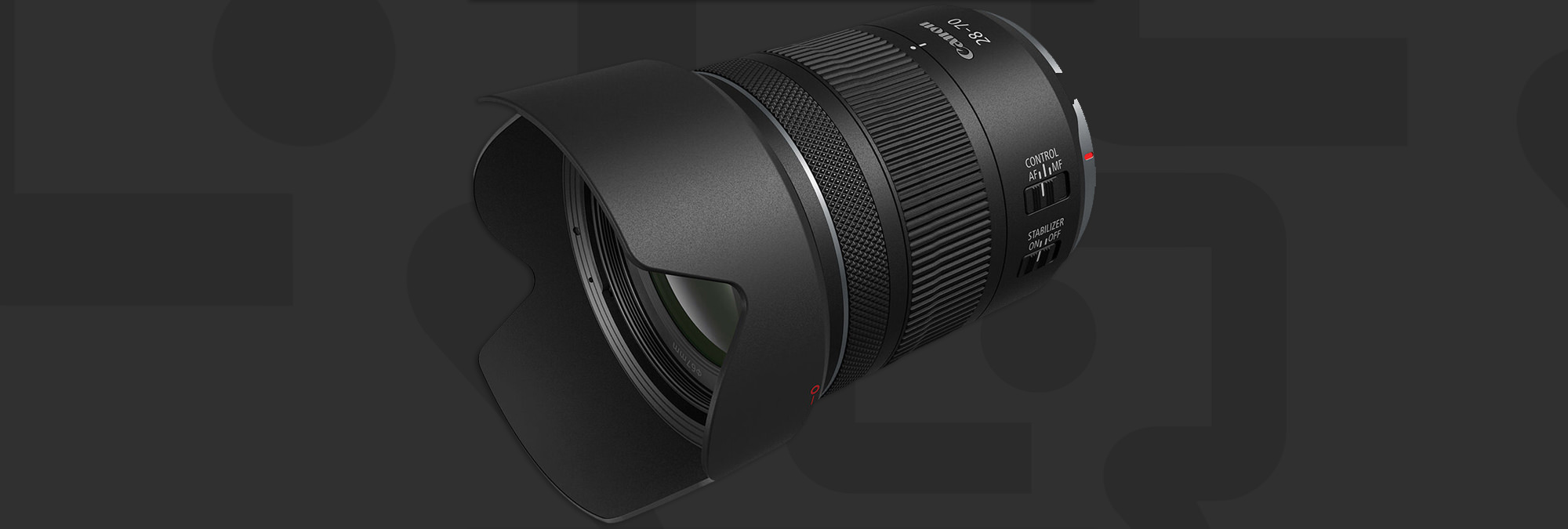Right, so UD and "Super UD" used to be different classifications but I'm not sure if Canon uses the term "Super UD" any more. The non-L surely has molded asph.This new "non - L" has a pair of UD elements and a pair of Asherical elements. I don't know if they are moulded or ground
That said, the RF100/2.8L Macro seems to have no UD (much less Super UD) AND no asph of any type. (Not to mention, no fluorite.) So clearly the L tag no longer means special glass.
Upvote
0


